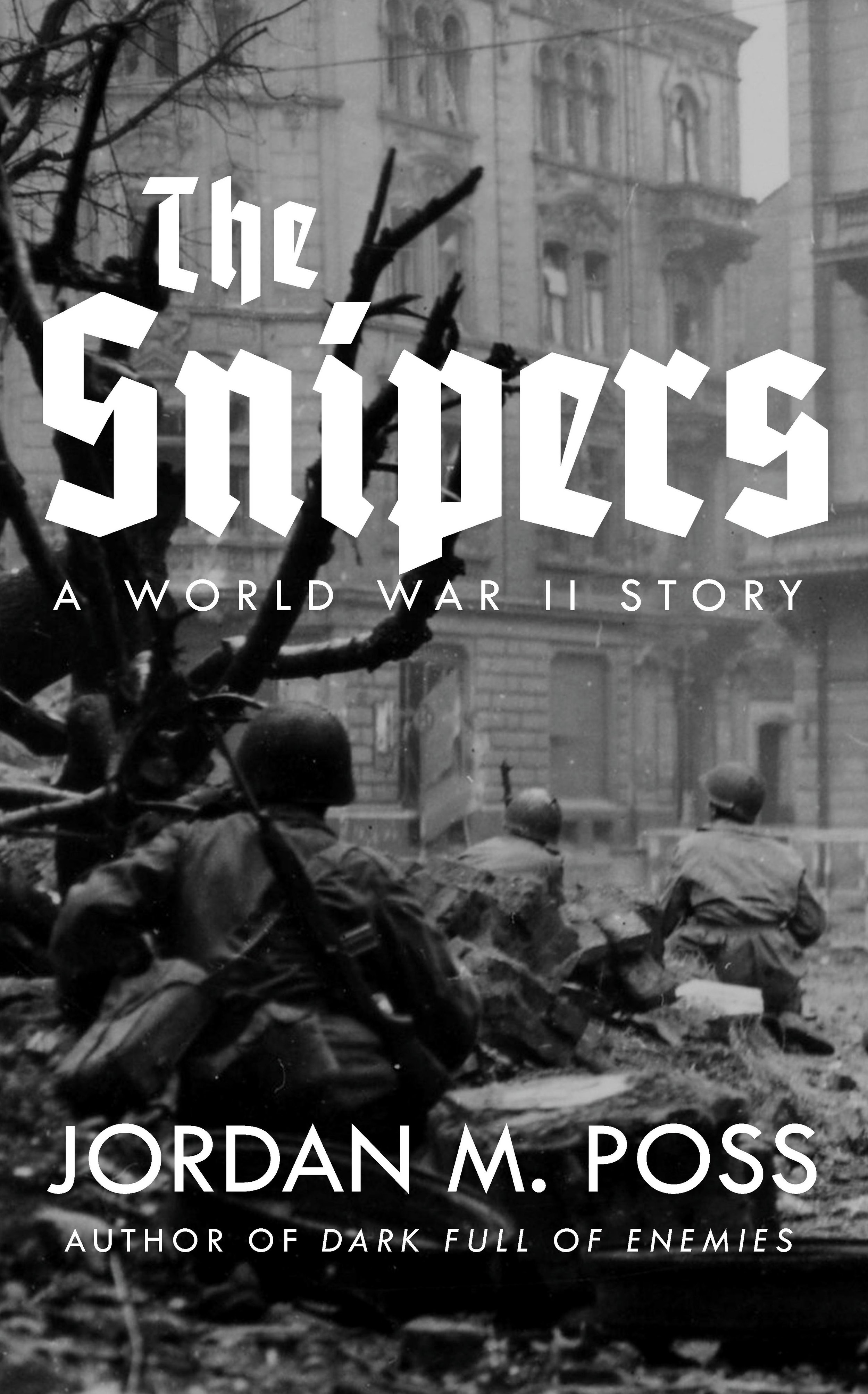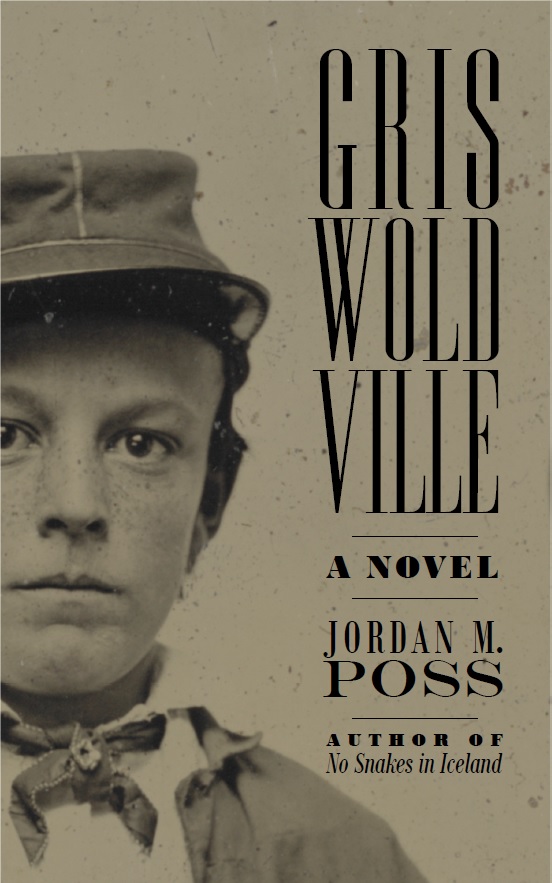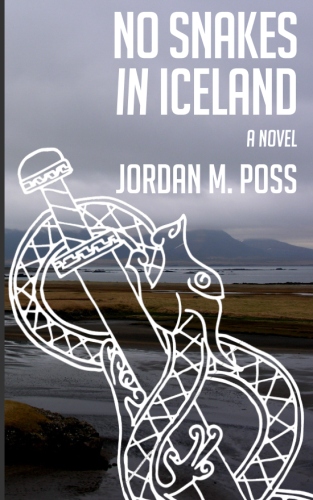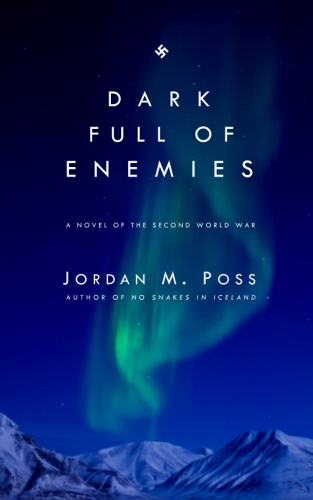Listening is not reading
/Last week on Substack the perennial argument over audiobooks flared up again: does listening to an audiobook count as reading, and is having listened to a book the same as having read it?
I mentioned the pedant in me in my recent post about The Last of the Mohicans. He is never far from the surface but must be kept in check with regard to colonial New York bridge architecture and whatnot. But on this topic I’m happy to let him off the chain.
No, listening is not the same as reading, and if you’ve listened to an audiobook you haven’t read the book.
This opinion probably provoked a kneejerk reaction in at least some of y’all. These arguments get passionate quickly. But here’s my pedantic take on the whole thing: they shouldn’t. Such passion is misplaced for two interrelated reasons.
The first is the basic semantic fact that listening and reading are different words describing different things. Saying “I read War and Peace last month” when I listened to it in my car is simply untrue. This seems pedantic but it’s an important distinction; we have different verbs for these things for a reason.
The second reason has to do with the reality of reading and listening in and of themselves. These are not the same activity. You are doing different things and different things are happening to you. You can get scientific and neurological about it—as my wife, who has a degree in literacy, can and does, having recently led a professional development based on Proust and the Squid at her school—but common sense proves this, too. I both assign readings to my students and lecture. If there were no difference I could assign only readings or only lectures.
Again, this is both a semantic distinction and an immovable truth, the most important fact in the debate. Everything else is epiphenomenal. And yet if you point out that reading and listening are not the same thing, fans of audiobooks will infer from that distinction a snobbish judgment of inferiority or outright condemnation. But that inference—not to mention the defensiveness that arises from it—does not follow.
So why does this debate keep coming up? I think two factors are at play:
First, the valorization of reading. This is the “Fight evil, read books” school of reading, in which reading is treated as virtuous in itself. What used to be the specialist skill of clerks and chroniclers is now a badge of honor and mark of moral rectitude. This is pure self-congratulatory sentimentalism and should be dismissed as such. Reading is important—you’ll find no dispute on that point on this blog—but it does not make anyone good and, in a society of democratized mass education, it doesn’t even make you special.
Second—and I think the real culprit behind the rage—is the Dominion of Content. Our culture is in the grip of the erroneous assumption that all stories, media, and information are undifferentiated and interchangeable. Note how often the word consume comes up in these arguments. This is a giveaway. Failing to differentiate between reading a story yourself and having it read to you reduces writers’ work to free-floating, gnostic content that can be delivered any old way so long as it gives you some kind of picture in your head. In this view, writers don’t write books, they “produce” “content” at one end of a supply chain and at the other the “content” is simply “consumed.”
Combine content culture with a culture that makes proud little warriors out of people who happen to know how to read and you get a popular incentive to consume books without distinguishing how one has consumed them.
Conversely, put reading in its right place as an important but value-neutral skill (so that readers won’t lord it over audiobook listeners) and stop treating art as mere content to be consumed (so that audiobook listeners distinguish what they’re doing from reading) and the difference between reading and listening ceases to be pointlessly inflammatory.
Which is what I’d hope for. There’s nothing wrong with audiobooks. There’s no reason to be defensive about listening to a book and no reason to bridle at what should be a boring factual distinction. I prefer and always will prefer reading—and from a physical book, not a screen—but I have trained myself to follow and enjoy audiobooks, too. I listen to books that are hard to find and to books I’ve read before but want to enjoy in a new way. I have relatives who listen to books to pass the time on morning walks or while working a long nighttime shift in a patrol car. These are all legitimate and enjoyable—but they’re not reading.
To end on a positive note, everyone litigating this on Substack over the last several days made exactly one point I agree with wholeheartedly: listening to a book is better than just about any other activity you could be filling your time with at present. That’s why I’m always thrilled to recommend audiobooks to those relatives and friends I mentioned, why I’m glad Audible exists, and why I’m mad that AI is trying to conquer audiobooks, too.












